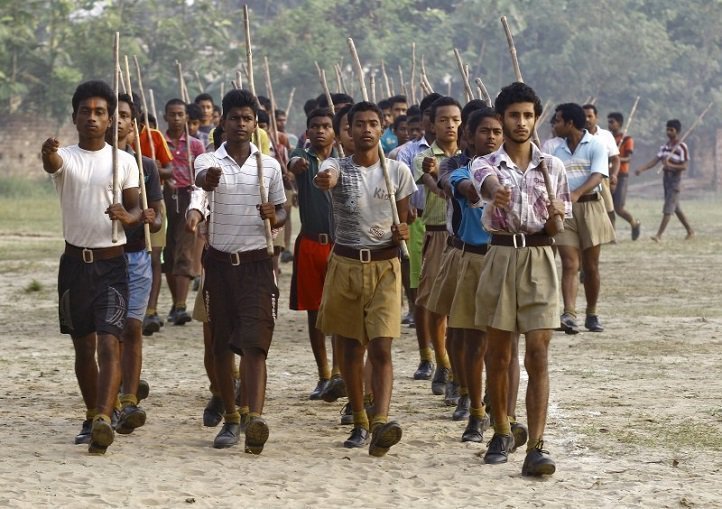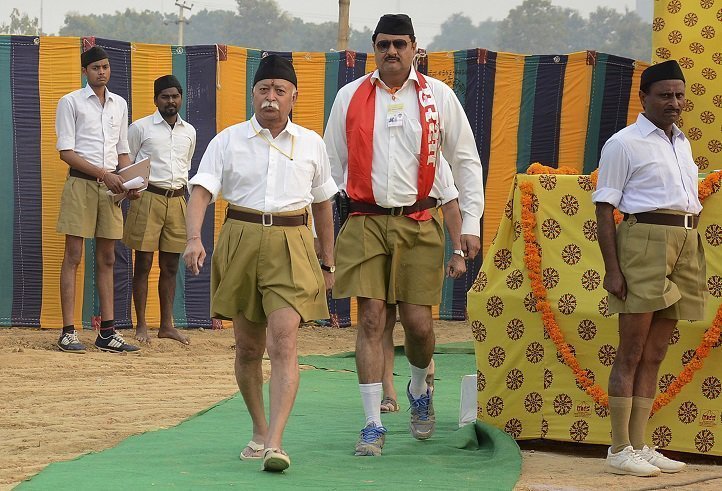When the Rashtriya Swayamsevak Sangh (RSS) went online in the year 2012 little did they know that it would be as productive as it would in recruiting youth.
As per the original process, a person had to go to the nearest ‘shakha'(branch) of the organisation. There would be no registration but a person was considered a member once the individual started attending meetings of the organisation.
Then in 2012, the organisation took its registration process online.

So how does the online recruitment process work?
People who make requests on the RSS website for enrolment are called to a particular location at the same time much like the original process.
There they asked about their skill sets and on the basis of it are assigned a particular activity being carried out by the organisation. The RSS claims that most of the youth who encountered the organisation in this manner become members or pracharaks, says this Mail Today report.
And interest in the organisation is on the rise. While the organisation used to receive an average of 1,000 requests per month in 2012, it began rising quickly.

In 2013, the number of requests rose to nearly 2,500 a month. By 2014, the number of people hit around 7,000 and in May 2014 the number spiked to 19,000 thanks to the BJP’s victory in the Lok Sabha election, a senior RSS official told the newspaper.
The original form of joining the organisation hasn’t been abandoned, but taking registration online has greatly helped the organisation’s growth.
According to a one report, in 2014, the organisation claimed that it has 5 million members (swayamsevaks), 2500 full time pracharaks, 45,000 daily shakhas (congregations) and 8000 weekly congregations for men who can’t find time for regular shakhas.
In 2015, the number of daily shakhas rose to 51,355, according to this report by The Times of India.
The report also says that there has been a 29 percent increase in daily shakhas, 61 percent increase in weekly shakhas and 40 percent growth in monthly shakhas across India from 2010-11 to 2014-15.
And with the BJP in power for the next three years, acche din may already be here for the party’s ideological fount.

















